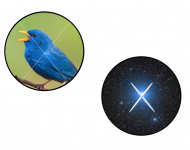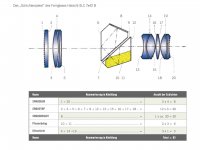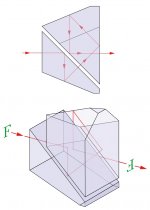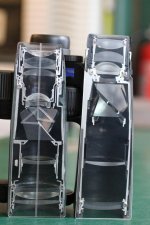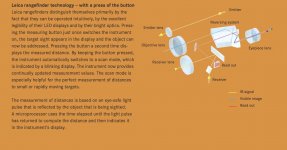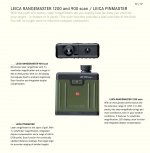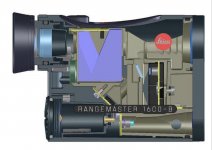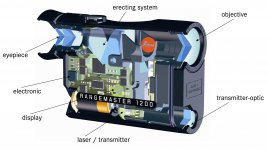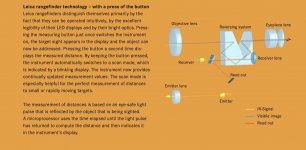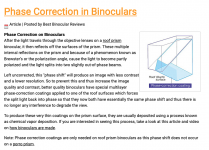WJC
Well-known member
After seeing how much trouble I got into just trying to explain dioptric accommodation and how much verbiage was wasted, I would just say what I wanted to mention was how the two prisms got around spiking on bright objects, and that I’ve have never considered myself a prism expert. I’m just a noclar fixer with SOME engineering experience.I disagre. It is a good idea! Schmidt-Pechan vs. Abbe-Koenig prisms. I have already some questions.
In looking through earlier productions of roof prism binoculars, one was prone to notice the “roof” in the field of view. My first roof prism binocular was a Swift 7x35 Tri-lite. For daylight observations, such as birdwatching, it performed fine optically and was structurally well-made.
And, concentrating on a target, and not the roofs, there was no problem for me as the roofs disappeared.
Having occasionally taken them under the stars, however, a disconcerting problem developed. In viewing a bright star, the roof would cause the star to “spike”* when the image of the star passed over the roof (see attached).
As time went on and roof prism instruments started taking over the binocular market, roof prism technology improved.
As it stands today, the Schmidt-Pechan is the most popular. It allows the binocular to be shorter and doesn’t place a roof edge in the middle of the field of view. HOWEVER, while the Abbe-König needs an anti-phase shifting coating in order to provide its best resolution, the Schmidt-Pechan needs two to best do its magic. But ... “The times, they are a changing.”
* This image is over-stated in that I couldn’t make the spikes small enough to represent a realistic image.
Attachments
Last edited:




